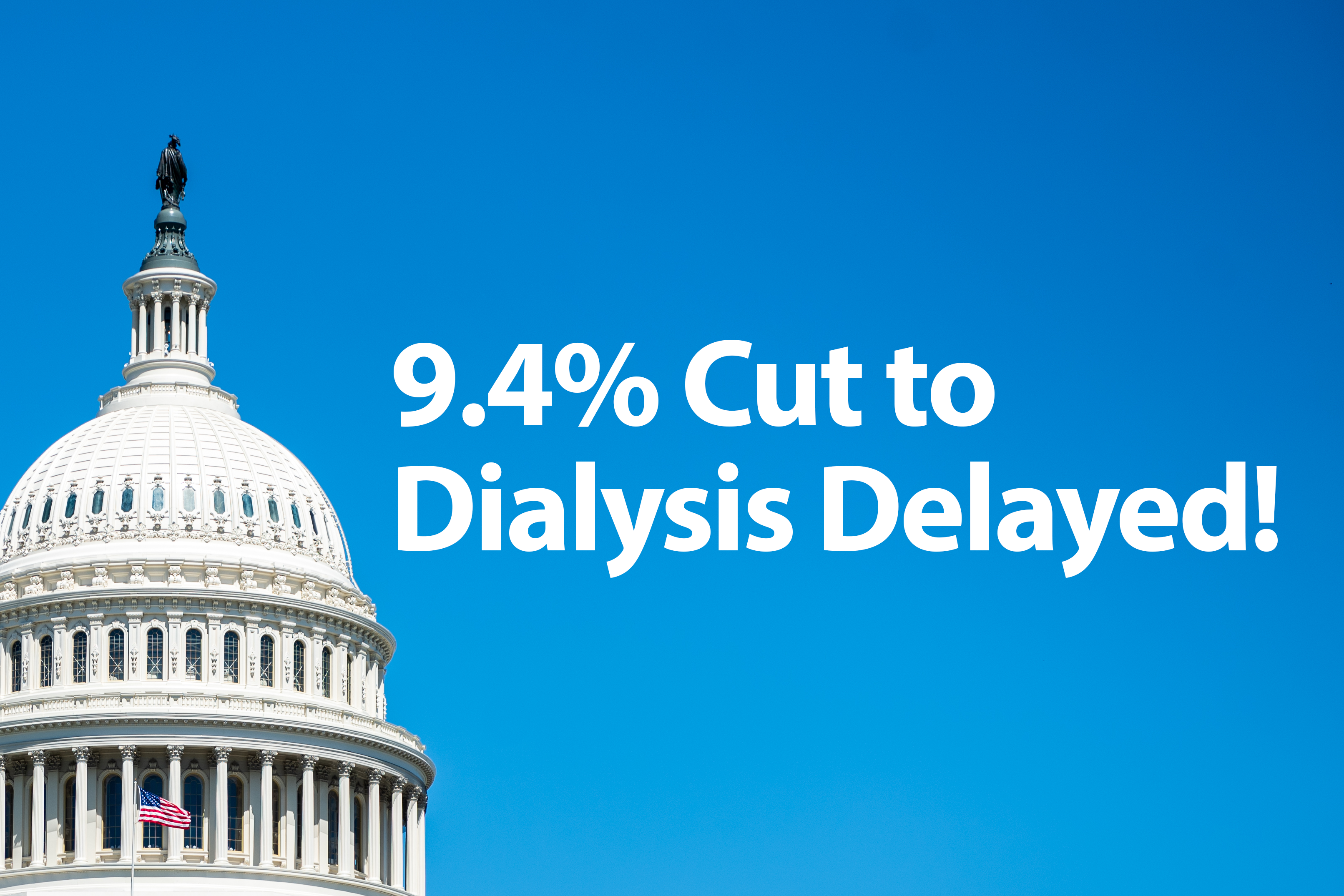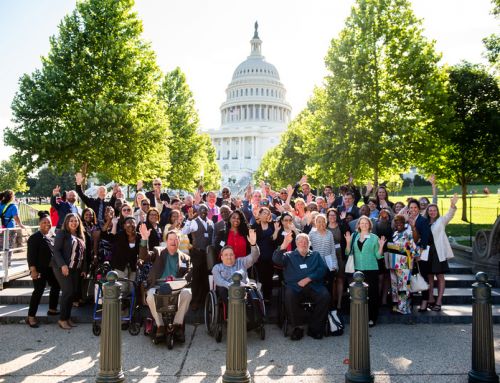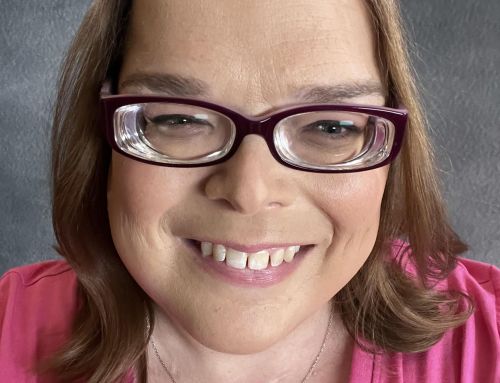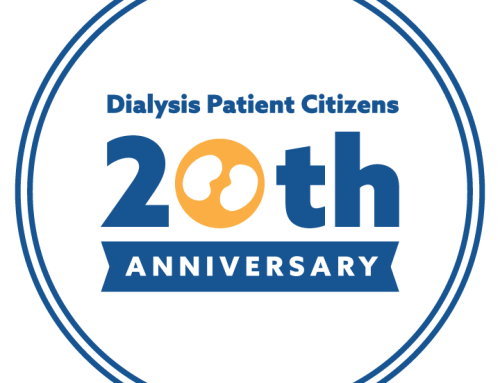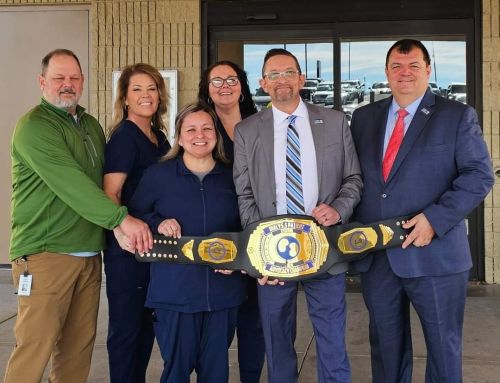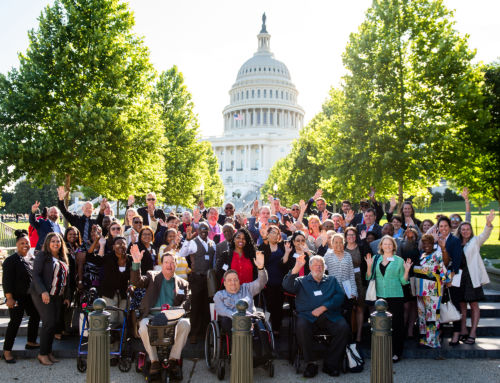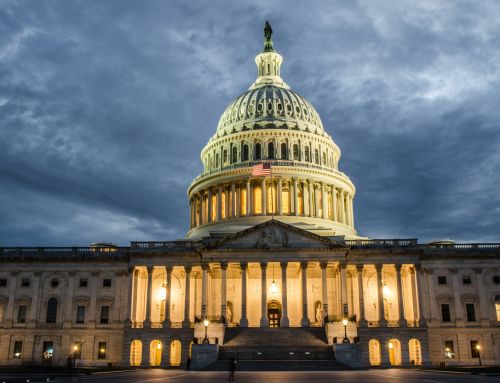The Centers for Medicare and Medicaid Services (CMS) just released a final rule on the proposed 9.4% cut to dialysis funding. The final rule made the following changes:
- The payment rate for dialysis services will remain the same in 2014 and 2015.
- The proposed 12% cut to dialysis was delayed until 2016 and will be phased in over 4 years.
- There will be a 50% increase in the home dialysis training payment.
In response, DPC released the following statement:
DPC appreciates the Centers for Medicare and Medicaid Services’ (CMS) acknowledgment of patient concerns in delaying implementation of its proposed cut to the Medicare End Stage Renal Disease (ESRD) Program. While dialysis patients received a temporary reprieve, the final rule does not change CMS’ original proposal to reduce dialysis funding by 12% – it merely delays it two years. As a result, we remain concerned about the long-term impact of these cuts to both patient access and quality of care. We are disappointed that CMS chose not to revisit its calculation, and ignored our recommendation that payment reflect the overall cost of care.
We also fear that the scheduled cuts threaten the viability of the ESRD Seamless Care Organization (ESCO) program, which could significantly improve patient outcomes while reducing costs to our health care system. The ESCO project design requires providers to make significant upfront investments in care coordination, but fewer resources will be at their disposal in years 3, 4 and 5 of the demonstration — two of which are years that the CMS Innovation Center expects ESCOs to absorb reductions to their share of any savings that they generate for Medicare.
We very much appreciate the decision of CMS to increase the home hemodialysis training rate by 50%, removing one important barrier to patient access. At the same time, we worry that providers may reduce or eliminate many of their home dialysis programs as they look for ways to offset the 12% cut in reimbursement that they are facing, potentially undermining any increase to patient access that this policy change was intended to advance.
We hope that policymakers will closely examine patient access, experience and outcomes during this upcoming period of uncertainty.

